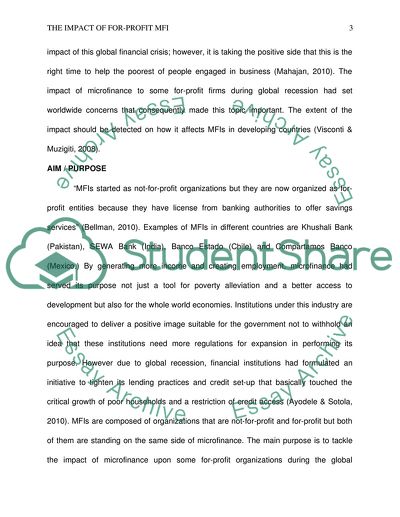Cite this document
(The Impact of For-Profit MFIs during the Global Recession Term Paper, n.d.)
The Impact of For-Profit MFIs during the Global Recession Term Paper. Retrieved from https://studentshare.org/finance-accounting/1741920-finance-management
The Impact of For-Profit MFIs during the Global Recession Term Paper. Retrieved from https://studentshare.org/finance-accounting/1741920-finance-management
(The Impact of For-Profit MFIs During the Global Recession Term Paper)
The Impact of For-Profit MFIs During the Global Recession Term Paper. https://studentshare.org/finance-accounting/1741920-finance-management.
The Impact of For-Profit MFIs During the Global Recession Term Paper. https://studentshare.org/finance-accounting/1741920-finance-management.
“The Impact of For-Profit MFIs During the Global Recession Term Paper”, n.d. https://studentshare.org/finance-accounting/1741920-finance-management.


